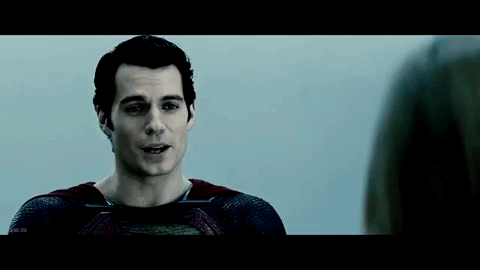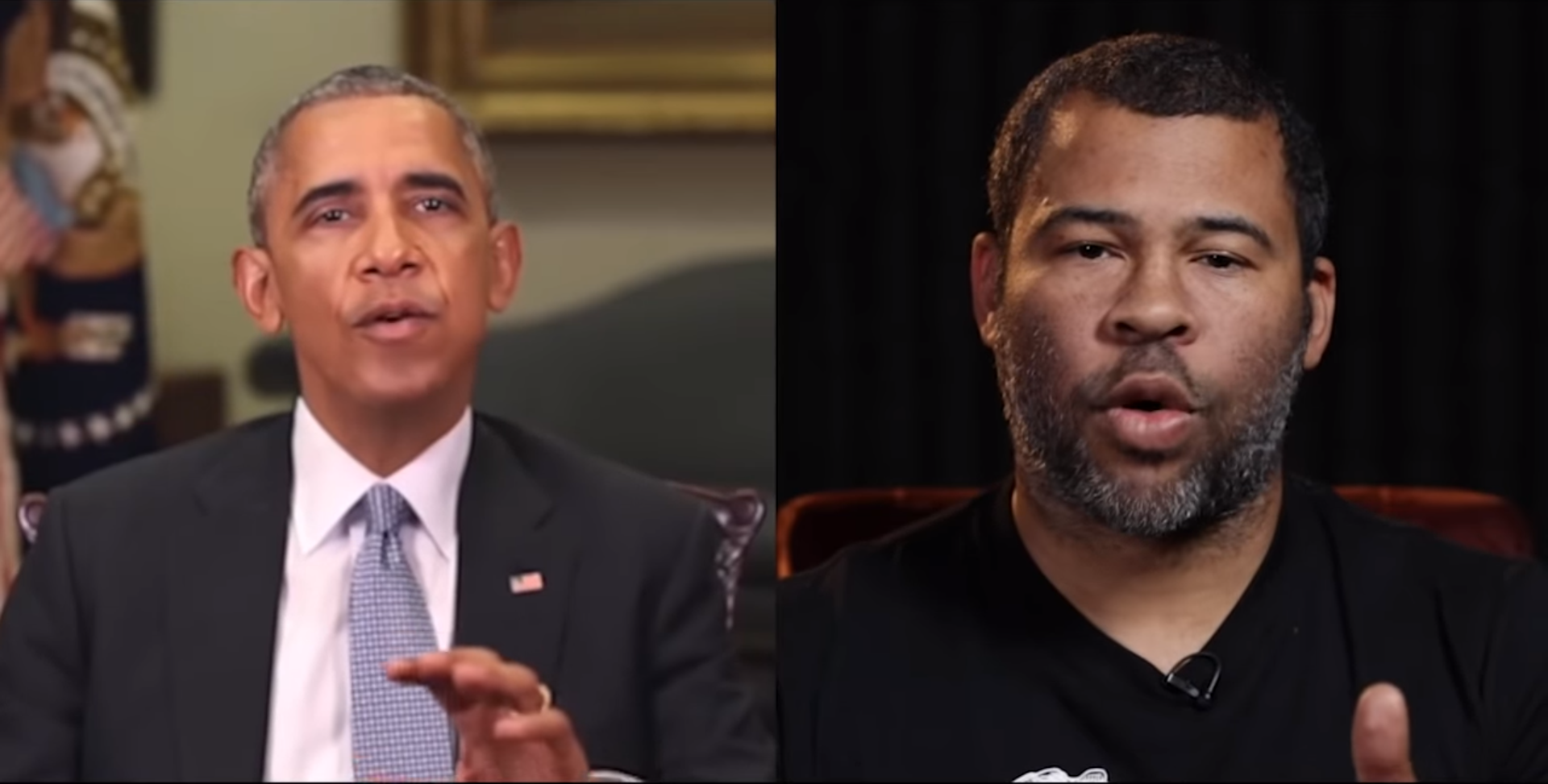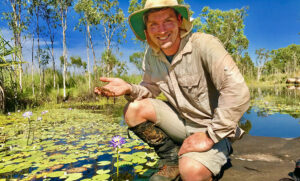If you liked Alec Baldwin’s impersonation of President Donald Trump on Saturday Night Live, you’ll love this clip.
In the video, Baldwin morphs into a convincing Trump, thanks to digital manipulation using artificial intelligence.
The video, created by YouTuber derpfakes, has been blocked in the United States and Canada.
This altered video is known as a deepfake, and the technology behind it is becoming more accessible to those without technical knowledge.
DEEPFAKES 101
Dr David Glance, who heads the UWA Centre for Software Practice, says the name ‘deepfake’ comes from the use of deep neural networks – a type of artificial intelligence or machine learning.
The technology first rose to prominence when people started pasting the faces of their friends and celebrities into adult videos.
Last year, a video surfaced of Barack Obama calling President Trump “a total and complete dipsh*t”.
David says the Obama clip was created by taking two videos – original footage of the former president and a second video of lips moving.
Artificial intelligence was then used to superimpose the lips onto the real footage so it looks like part of the original. A voiceover was also added from US actor Jordan Peele.
Some of the less sinister applications of deepfakes include this Star Wars fan inserting Harrison Ford into the movie Solo.
Or if you really love Nicolas Cage, you can watch him in what feels like almost every movie ever.

But the technology has a darker side too and one that threatens to undermine democracy.
SPREADING FALSE INFORMATION
There are increasing concerns about what would happen if a deepfake video was released, for instance, in the lead-up to the 2020 presidential election.
In May, a digitally altered video of US House Speaker Nancy Pelosi surfaced in which she appeared to slur through a speech. The video speed had been slowed to 75% and the pitch of Pelosi’s voice altered to make her appear drunk.
The doctored clip was shared by President Trump on Twitter and viewed at least 1.4 million times on Facebook alone.
While not a true deepfake, it demonstrated the potential for false videos to spread on social media.
Even after the video was shown to be false, social media platforms were mixed in their response.
Twitter did not remove the video, YouTube did and Facebook de-ranked it in the news feed.
David says fake videos could be circulated to fabricate conspiracies.
He says some deepfakes are hard to spot – especially on a cursory glance – and this is pretty much all that is needed to promote fake news.
“Of course there are techniques to spot whether a video, image or audio file has been altered,” David says.
“But these take time, and people willing to believe the fakes dismiss evidence such as this as part of the general conspiracy.”
Kids impersonating @realDonaldTrump segment from @JimmyKimmelLive #deepfake #deepfakes #trump #potus pic.twitter.com/DrLVWxt2TV
— Dr. Fakenstein (@drfakenstein) September 9, 2019
UNDERMINING TRUST
David says deepfakes are unlikely to be good enough to fool proper scrutiny.
“We won’t see faked videos being used in trials as evidence, for example,” he says. “But they can cause a great deal of damage in other ways.”
Deepfakes could not only add to the problem of fake news but also undermine our trust in real news, David says.
“It emphasises the need to get information from multiple trusted sources and the need to have trusted news organisations to do this on our behalf,” he says.
Or in the words of Jordan Peele’s Barack Obama:
“It may sound basic, but how we move forward in the age of information is going to be the difference between whether we survive or whether we become some kind of f****d-up dystopia.”








